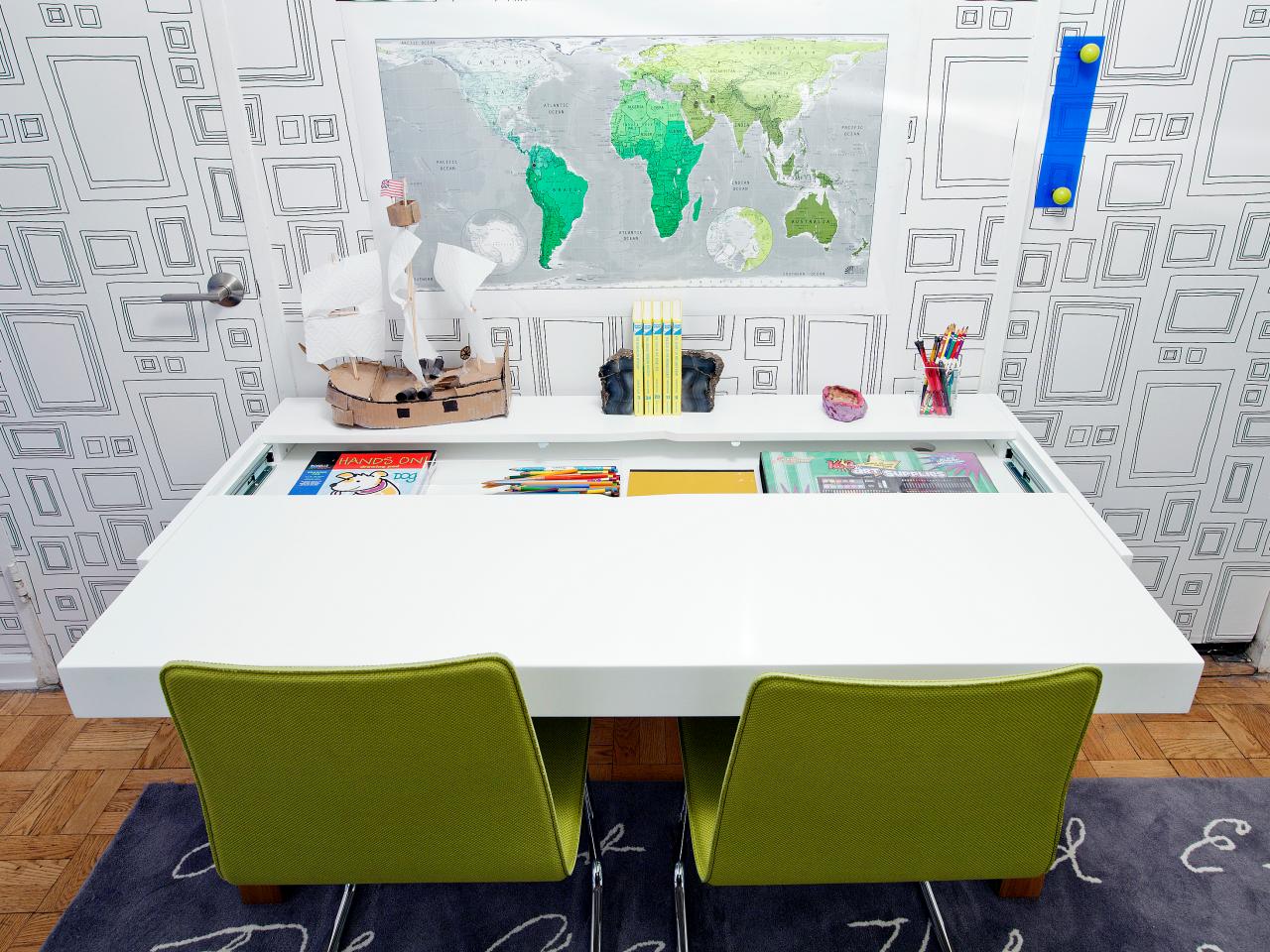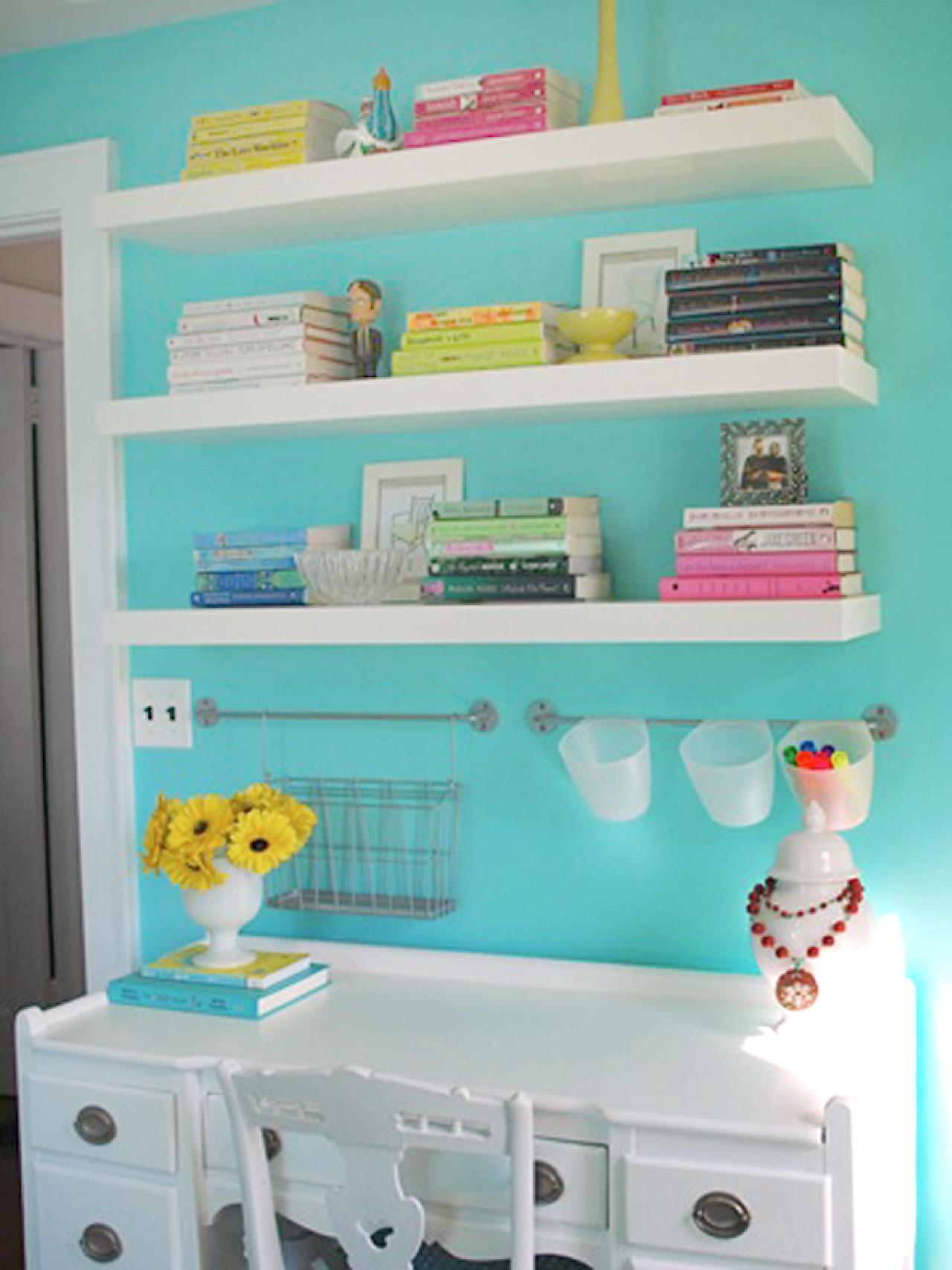One big advantage of acrylics is there wonderful versatility. This means that using acrylics you can achieve many different effects and use a variety of styles. For example, acrylics can be applied either very thickly or very thinly and all sort of combinations in between. The consistency and texture of acrylics can be changed with acrylic medium and gels, or pastes to create a variety of effects. For instance, you can use a glass bead or sand gel to create startling textures. Otherwise you can mix in clear tar gels to make a stringy, thick tar-like consistency that is used for dripping. Various acrylic additives can also be added to change the sheen of the paint, either to make matte, semi-gloss or high gloss sheens. There are a huge range of interesting gels, pastes and mediums to add to acrylics to create various effects and textures.
 |
| photo credits: wiki.answers.com |
Acrylic paint is also very versatile and can be used for various mixed media applications, which broadens its appeal. Acrylics can also be used on a variety of surfaces - wood, canvas or paper. But once primed up with gesso, acrylics can be applied on almost any surface such as fabrics, clothes, clay, old vinyl records, boots and shoes and of course on house walls. Acrylics can also be applied using a variety of tools - such as spatulas, scrapers, Q-tips, toothpicks, sponges and lots more to create various effects.
The final finish of the acrylics on the painting can be altered to have a gloss, satin or matte finish. You can even use different finishes on various parts of the painting. When properly varnished, acrylic paintings do not need require a glass covering, so they can be hung straight onto the wall. You can even paint the edges of the canvas to create an interesting effect. If the paintings collect dust, you can simply wipe the surface over gently with a damp cloth.
TIPS AND TRICKS
Keeping Acrylic Paints Workable, Stopping them Drying Out - Because acrylics dry so very fast, squeeze only a small amount out of a tube at a time. If you're utilising a traditional wooden or plastic palette buy a squirt bottle so that you can spray a fine mist over the paint to keep it moist. The special 'Stay-wet' palettes – where the paint sits on a sheet of wax paper overlying a damp piece of waterproof paper does the same thing - keeps the paints moist.
Blot your Brushes - Keep a some paper towel or a piece of cloth besides your water container and get into the habit of always wiping your brushes on it after you rinse tem in water them. This stops water from running down the ferrule and onto your painting, leaving blotches.
Opaque or Transparent - All acrylic paints are opaque if applied straight from the tube or with only a tiny amount of water added – or if the paints are blended with a white paint. However, when diluted with water acrylics can be utilised like airbrushing or watercolours and the paints become transparent.
Acrylic vs Watercolour Washes - When an acrylic paint wash dries-out, it is fixed and permanent. Unlike a watercolor the dry paint is insoluble and can be over-painted without any concerns that the wash will be affected. The hues of the various layers combine optically to produce a unique effect. A watercolour glaze can be removed using water and a cloth, whereas the acrylic one is permanent and cannot be removed, but it can be painted-over.
Think Thin for Glazes - If you want to produce transparent glazes using acrylic paints the technique is to build them up in thin successive layers. Note that a thick layer will produce a glossy rather than a transparent look.
How to Improve the Flow of Paint Without Losing Color - To improve the flow of a color without losing of the strength of the color via dilution with water, always use flow-improver medium not just water.
Blending Acrylic Paints - Acrylics paints dry rapidly and so you have to work fast if you want to blend colors. One trick is to dampen the paper or other surface slightly as this will increase the time the paint can be re-worked.
Marking Hard Edges - Because Acrylic paints dry hard and bond permanently you can use masking tape applied directly onto the dried acrylic paint without threatening to damage the layer underneath. This tape makes it easy to produce a sharp or hard edge, similar to the method used wen painting a house. Make sure all the tape edges are stuck down very firmly and be careful painting along the edge. Don't apply the paint thickly otherwise you won't produce a sharp line when you lift the tape. Apply an even coat and be aware where you will have to lift the tape.
Using Masking Fluid - Masking fluids can be used just as effectively with acrylics washes, as they are with watercolors. Make sure the fluid is completely dry before you attempt paint over it, and don't paint too thickly. Masking fluid works on both paper and canvas. It is a good idea to experiment first to get familiar with the technique before using it on an important painting. Keep washing your brushes out with water and once the masking fluid dries it will ruin the brush. A good trick is to dip the brush into some detergent such as shampoo or washing-up liquid before using the brush for masking fluid as this makes it easier to clean the brush.
Using Acrylic Paint as a Glue for Collage - Provided the acrylic paint is used as a thick coat and the item to be glued is not very heavy, the acrylic paint will act well as a glue in a collage. This saves time and avoids the need to cover-up the glue.
Watercolor Effects - Many painters like to use acrylics in a very fluid state, to create an effect similar to watercolor. There is a major difference, however, as with acrylics, the dilute washes can be layered one on top of the other without the risk of disturbing the colors underneath, provided the layers are dried thoroughly between applications. Once a layer dries it becomes fixed and is insoluble in water. One disadvantage is that the color layer cannot be in modifying once it starts to dry. You can however still avoid this problem using two methods. You can either wet the paper before starting to apply the paint. Or you can use an extra brush dipped in water. Immediately after using another brush to apply the paint use the wet brush to soften the edges and slow the drying.
Dripping and Pouring Techniques - This technique requires a very fluid acrylic paint that is poured directly onto the canvas. Or you can dip a brush, dipping it into the fluid paint and allowing it to run off the brush onto the painting.
Sgraffito or Scratching Techniques - Sgraffito refers to a scratching technique. It involves scratching into the top layer of partially dry paint to reveal either the wet base layer or the dry color beneath. You can use various tools for this technique, including screwdrivers, toothpicks or a sharpened end of an old paintbrush handle.
Making Use of a Squeegee - Even a standard squeegee that you can buy at any hardware store can be use to create interesting effects. You can also buy various tools of various shapes with foam rubber attached. To use this technique first squeeze out some blobs of paint along one edge of your support. You can add a series of colors. Then using a single fluid motion drag the paint across the surface or your painting with your squeegee mixing and smearing the paint in a single motion.
Use High Quality Paints - When you start and you are still learning it is best to use cheap paints. But for your final paintings always use high quality paints and brushes. The best quality paints have consistent and brighter colors.
Don’t Skimp on Paint - Trying to skimp of paint to save money is a bit mistake. Your paintings will be more interesting and 'alive' if you lay down a brush stroke with a full load of paint, leave it without any changes, and then reload your brush for the nest stroke. Don’t try and scrub the paint into the canvas or rework the paint unnecessarily, otherwise you will end up just staining the canvas or paper, and not really painting. The paintings look best when you don't skimp on paint.
- XoXo





.jpg)




